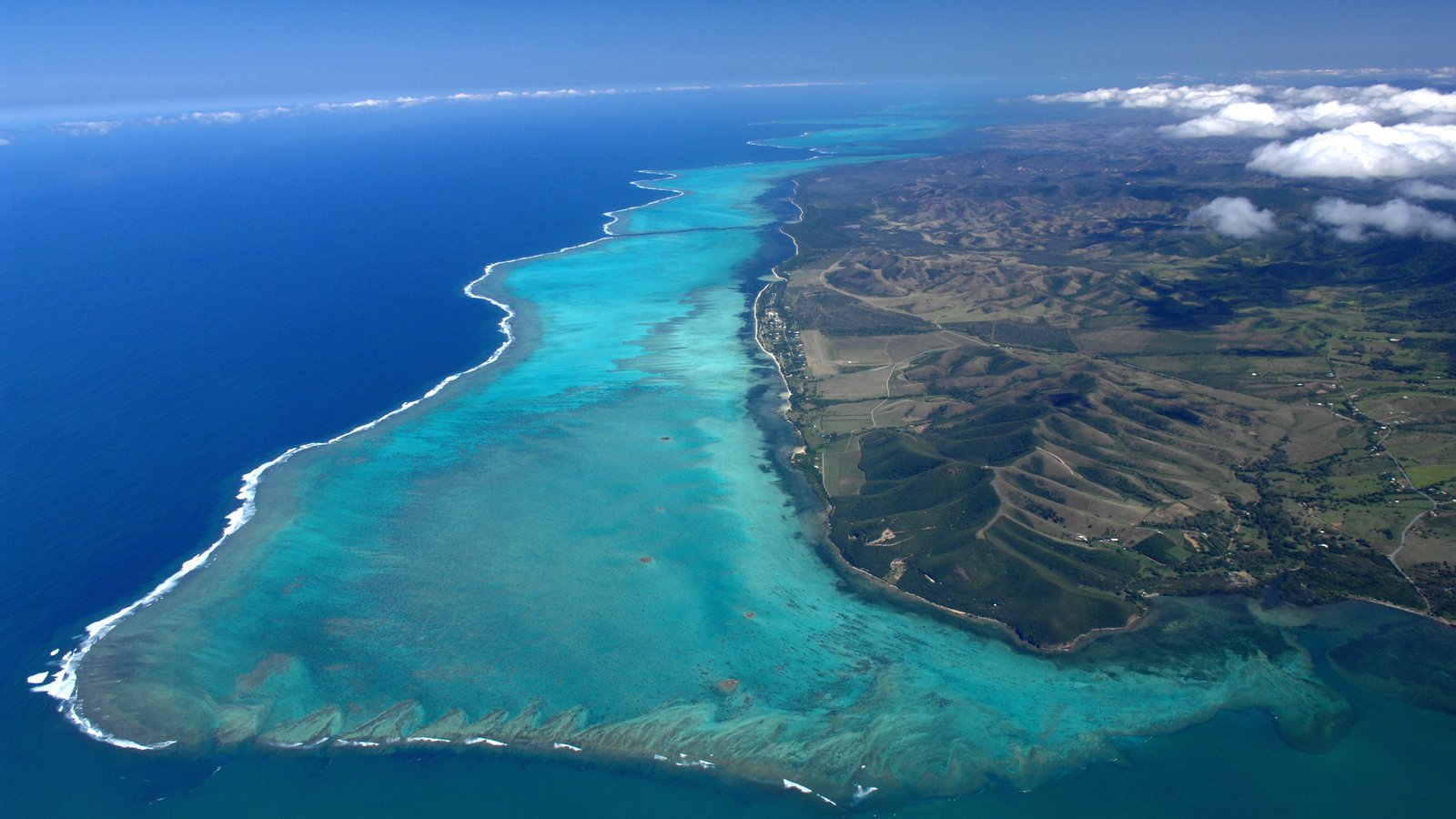By David Jacobson, Temblor
See earthquakes near New Caledonia

Over the last few days, there have been a series of large, M=6.0+ earthquakes east of New Caledonia, near the New Hebrides Trench. While even the largest of the quakes to hit the region, a M=6.8 on October 31, only caused light shaking on New Caledonia and did not trigger a tsunami, because of the differing earthquake mechanisms seen across this sequence of events, we wanted to give it a closer look.

The New Hebrides Trench marks where the Australian Plate subducts beneath the Pacific Plate. While convergence between these two plates varies from north to south, near the recent earthquakes, it is approximately 80 mm/year. Despite the fact that compression is the dominant force, three of the four large magnitude quakes in the last few days were extensional in nature. The sequence of events kicked off with a M=6.8 compressional event on October 31, and has been followed by three large magnitude normal faulting (extensional) earthquakes.
The key to determining why this is the case is by looking at the location of the earthquakes. The compressional earthquake on Halloween struck to the east of the New Hebrides Trench at a depth of approximately 11 km. This means it occurred along the subduction interface. However, the three extensional events that followed the M=6.8 were to the west of the trench, meaning they occurred within the Australian Plate. Given the timing of events, we believe that the M=6.8 compressional earthquake helped trigger the extensional quakes which followed.
In a subduction zone earthquake, the subducting plate, suddenly slips further beneath the overriding plate like a conveyor belt. While locally there is compression, outboard of the trench, on the outer rise tensional stress can be released. In the events near New Caledonia, the M=6.8 interplate thrust event subjected the so-called outer rise to sudden tension, since the subducting slab is pulled toward the subduction zone. So, the steeply-dipping tensional faults that typify the outer rise are brought closer to Coulomb failure. This same phenomenon occurred on a a grand scale in the Kurli Islands, when a M=8.3 interplate megathrust event in Nov 2006 triggered a M=8.1 outer rise in January 2007 (Ammon et al, 2008).

While all of these earthquakes were relatively large, they should not be considered surprising. In the Temblor figure below, the Global Earthquake Acitivity Rate (GEAR) model is shown. This model uses global strain rates and the last 40 years of seismicity to forecast the likely earthquake magnitude in your lifetime anywhere on earth. What this model shows, is that in the location of the recent activity near New Caledonia, earthquakes exceeding M=7.5 are expected.

Reference
USGS
EMSC
Charles J. Ammon, Hiroo Kanamori & Thorne Lay, A great earthquake doublet and seismic stress transfer cycle in the central Kuril island, Nature, Vol 451, 31 January 2008
- Beware quiet segments of the Philippine Fault - May 16, 2025
-
ډیری عوامل افغاني ټولنې د زلزلې پر وړاندې زیانمنوي
- August 11, 2022 - What’s happening this week in Humboldt County, California: The squeeze - February 6, 2019
